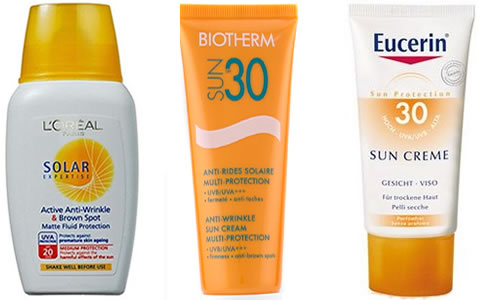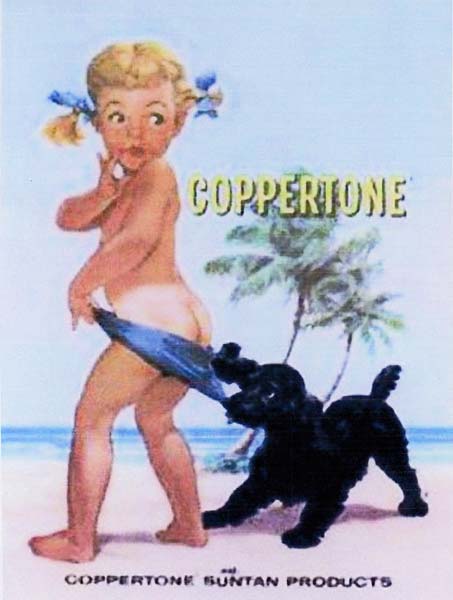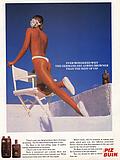Sunscreens can have a chemical or physical filter or a mixture of the two, there are formulations in cream, ointment, lotion, gel and spray and must be used both in the summer and in the winter months if you go to the snow.

Chemical filters (padimate O, homosalate, octyl methoxycinnamate, benzophenone, octyl salicylate, phenylbenzimidazole, sulfonic acid, ecamsule, octocrylene, anthranilates) absorb the sun’s rays so they cannot reach the lower layers of the skin and cause damage, the physical filters (titanium dioxide and zinc oxide) create a thin membrane on the skin that reflects the sun’s rays. Some chemical filters provide protection against the sun’s UVB rays, while others provide protection against both UVB and UVA rays. Physical sunscreens protect against both UVA and UVB rays. A physical filter is often colored, such as zinc oxide which is white. A sunscreen that protects against ultraviolet rays, both type B (UVB) and type A (UVA), offers the best protection, these creams are called broad-spectrum sunscreens. People who have an allergy to sunscreen ingredients should choose a cream with a physical filter.

The first effective sunscreen cream was produced by the chemist Baltzer in 1938 (Gletscher cream) which later became the basis for Piz Buin’s creams, but the first sunscreen boom came after the First World War when Coppertone bought the rights for a substance called Red Vet Pet that was used by the American military during World War II. Conventionally, the method of measuring the protection of sunscreens is the SPF. The sun protection factor (SPF) measures the strength of the sun filter. The SPF suitable for each person depends on the skin phototype. This index tells us how long we can stay in the sun without getting UVB burns. This index makes no reference to UVA. Most of us are able to protect ourselves with an SPF of 15, but high SPFs such as 50+ are recommended for light phototypes and for children. A cream with SPF 15 absorbs 92% of UVB radiation and a cream with SPF 40 absorbs 97.5%. There is a calculation that can be done to understand how long we are protected from sunburn and that is to multiply the protection factor of the cream by the minutes needed to burn the skin without applying the cream (for example if there are 30 minutes necessary is multiplied by SPF15 and it turns out that we can be exposed for about 7.5 hours without burning). This calculation is not always true since the effectiveness of the cream lasts about 90 minutes and also depends on the time of exposure.

Even the highest SPF broad-spectrum sunscreen cannot fully protect against UVA and UVB rays. That’s why people should cover up and stay in the shade during the hottest part of the day. A good tip is to avoid going in direct sunlight when the shade is shorter than you are. If you go swimming, make sure that your sunscreen is water-repellent and waterproof. A waterproof sunscreen can withstand 20 minutes of swimming without being washed off. These figures only apply if you let yourself dry and don’t use a towel. It is therefore always a good idea to spread a layer of cream after going to the bath. It’s a good idea to use a stick applicator with a higher SPF for particularly exposed areas of the body such as the nose, lips and earlobes. Apply cream thick and thick as many people only use a third of the amount of cream they need to achieve SPF, this means they are much less protected than they think. Creams should be purchased annually and creams from the previous year should not be used especially if opened.